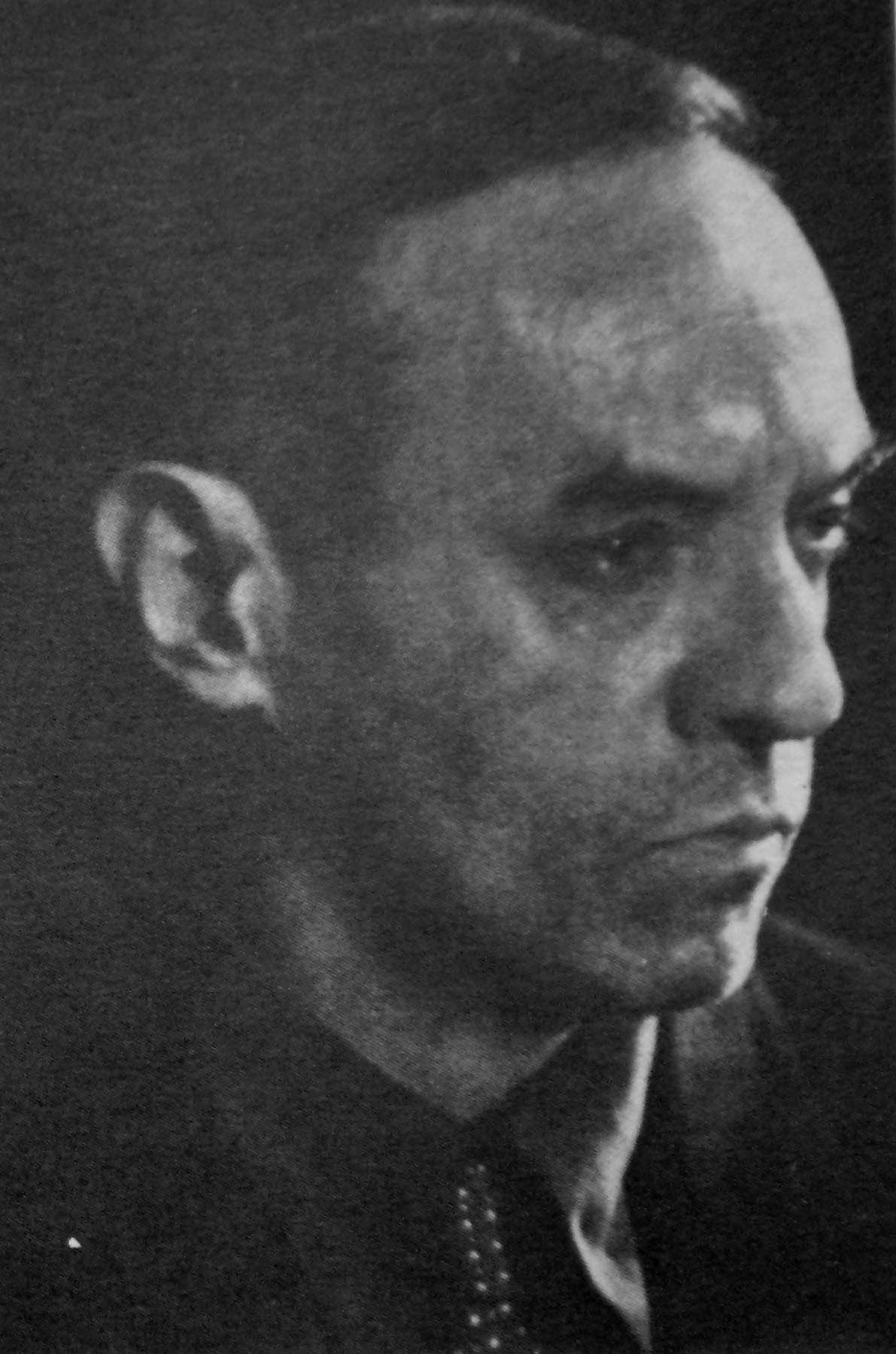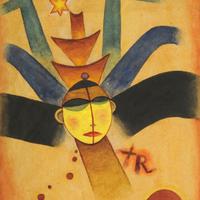More about Xul Solar
Works by Xul Solar

Contributor
Around his thirtieth birthday, the Argentina-born, European, first-generation, immigrant mystic and artist, Oscar Agustín Alejandro Schulz Solari, began signing his paintings Xul Solar.
He did this as an expression of his idea that the letter X was the equivalent of, and maybe superior to, the Christian symbol of the cross, which would have made his grandparents sigh, or maybe yell, in frustrated German and Italian. For Solar, the entire history of spirituality, art, language and literature are one - a masala, goulash or gumbo containing the distilled forms of received traditions. This is how the concept of the Creole became important to him, as it was for his friend Modigliani and their contemporary, Picasso.
A Creole is a language developed by the gradual accumulation of other languages, like a collage. Since Europeans decided to start colonizing everybody, there have developed across the world at least 100 different Creoles. According to the Congolese linguist Salikoko Mufwene, some Romance languages, because of their diverse ancestries, are probably also Creoles, but the linguistic establishment doesn't want to accept this because it mixes the "high" white European with the "low" mixed Creole, showing that the "high" languages are mutts too, just as mixed and impure as any other. Solar's mother, an Italian immigrant to Argentina, taught her son her language, and Solar's father, a German immigrant, taught his son his. Solar used these, as well as his fluency in English, Spanish, and Portuguese, to channel his greatest work from his spiritual trances. He called it "Neo-Creole," even though there is nothing outdated about the Creoles, some of which have millions of speakers. It was new, anyway, to Solar, to use a Creole, and he intended to use it to replace all other languages, with a particularly Christian universalist ambition, so that everybody could get along in the same tongue.
Daniel E. Nelson translated Solar's Neo-Creole text "San Signos" into English, which makes it more readable but might not jibe well with Solar's original intention: to create an opaque space of language, which could give off light without revealing all of its details right away. By the challenging, innovative language of the text, like the pnimiyus Ha-Torah, the received tradition of the Kabbalah, a hierarchy establishes itself between the student, the mekabel or receiver, in Hebrew, and the teacher, the mashpia. At the highest level of the Oral Law, the mashpia becomes the mekabel, giving and receiving are one. As the hepcat choir director tells the protagonist of Heidi Rodewald and Stew's 2006 musical Passing Strange, "I'm just a vessel!" Many artists agree with Bessie Harvey that art practice is not creation at all, but channeling translations from higher worlds. This is not only a method artists use to make you buy their work, visualizing the divine fingerprints on it; for many, it is also a sincere conviction.
Sources
- Artundo, Patricia M., et al. Visiones y Revelaciones. New Haven: Yale University Press, 2006.
- Gradowczyk, Mario H. Alejandro Xul Solar. Buenos Aires: Ediciones ALBA, 1994.
- Mufwene, Salikoko. The Ecology of Language Evolution. Cambridge: Cambridge University Press, 2002.
- "Passing Strange." Dramatists Play Service, https://www.dramatists.com/cgi-bin/db/single.asp?key=4112.
- Pinson, Rav Dovber. "Speech; Externalizing the Internal and Creating Unity Between Self and Other." Nov. 22, 2019, YouTube Video, https://youtu.be/MS6DEILfq38.
- Rangel, Gabriela. Xul Solar and Jorge Luis Borges: The Art of Friendship. New York: Americas Society, 2013.
- Teeple, Erin. "An Expression of Spirituality: Clothing, Skin, and Bodies in Xul Solar’s Early Figure Paintings (1915-1926)." New York: CUNY Academic Works, 2017, http://academicworks.cuny.edu/hc_sas_etds/151.
Featured Content
Here is what Wikipedia says about Xul Solar
Xul Solar was the adopted name of Oscar Agustín Alejandro Schulz Solari (14 December 1887 – 9 April 1963), an Argentine painter, sculptor, writer, and inventor of imaginary languages.
Check out the full Wikipedia article about Xul Solar











